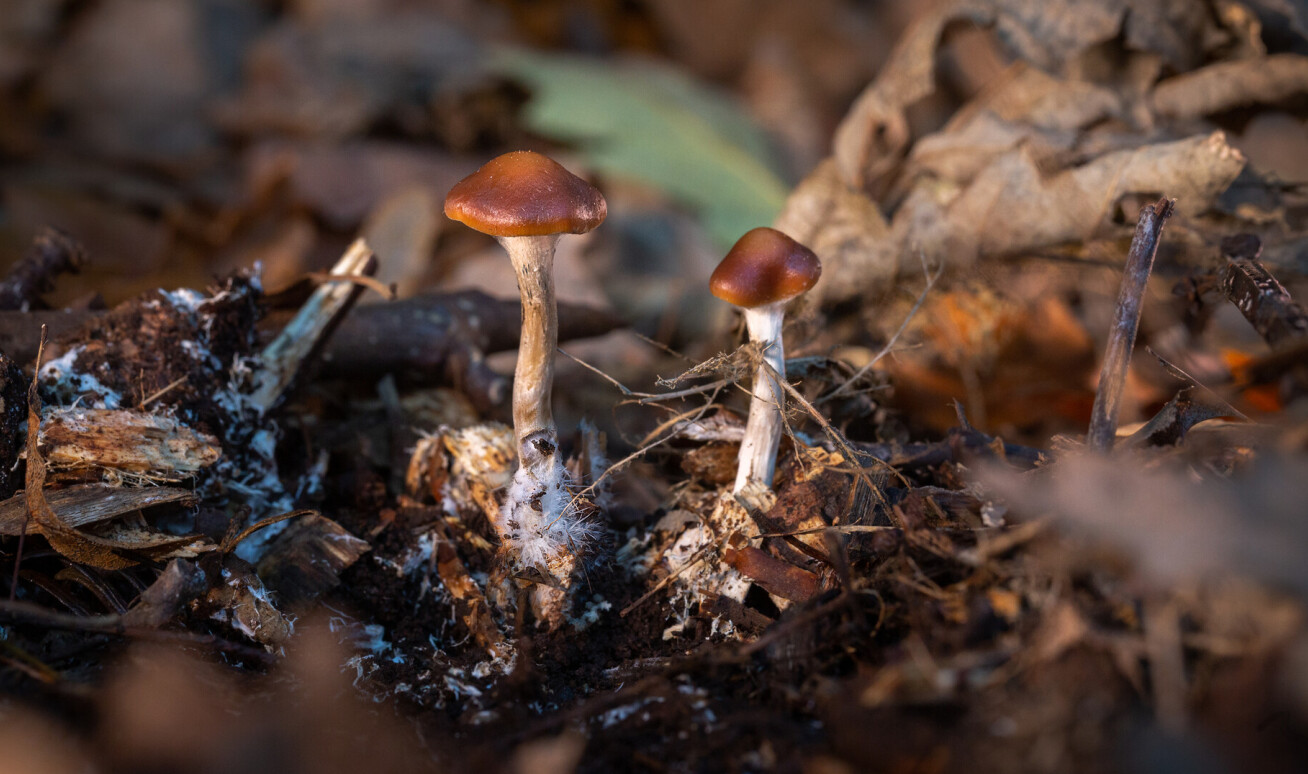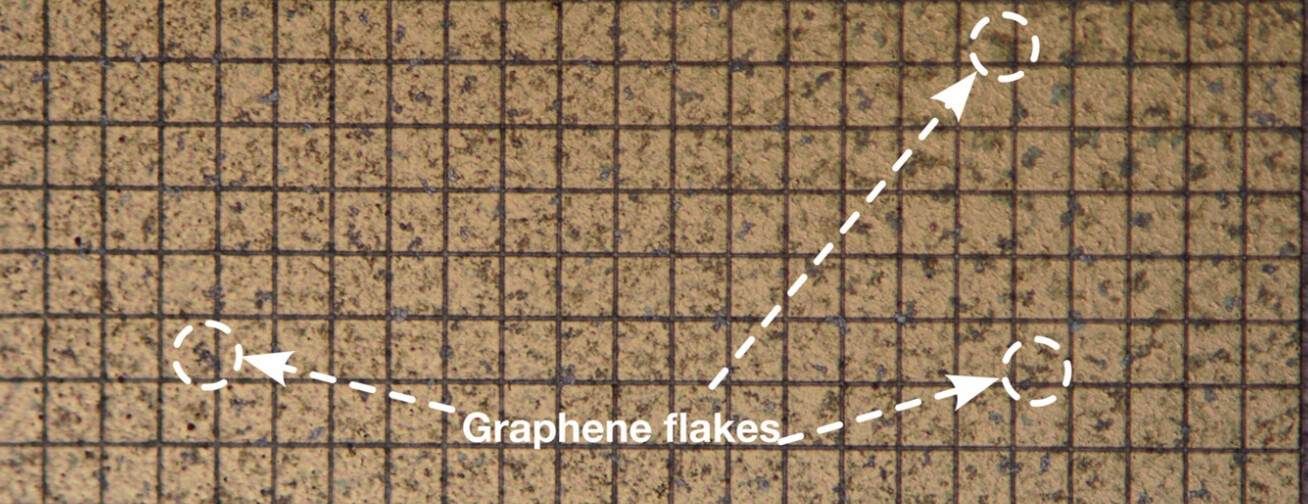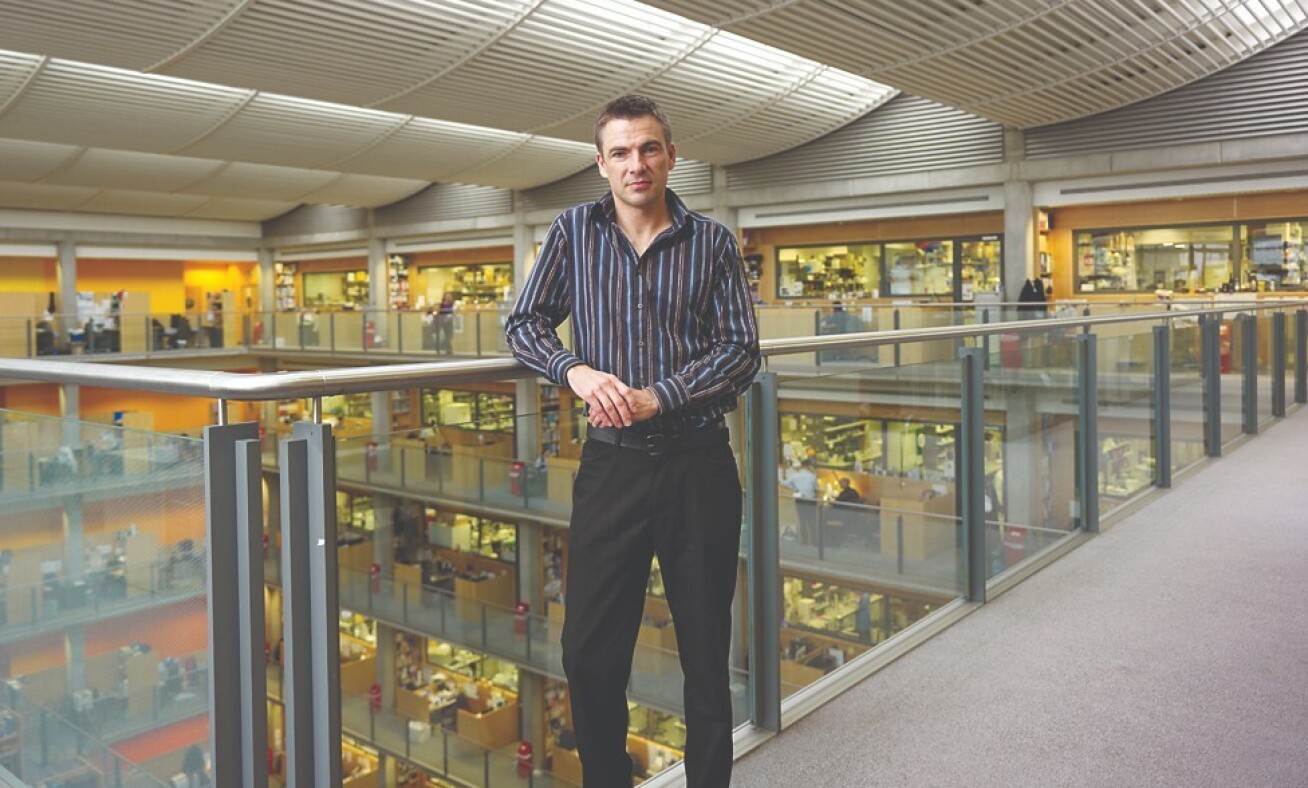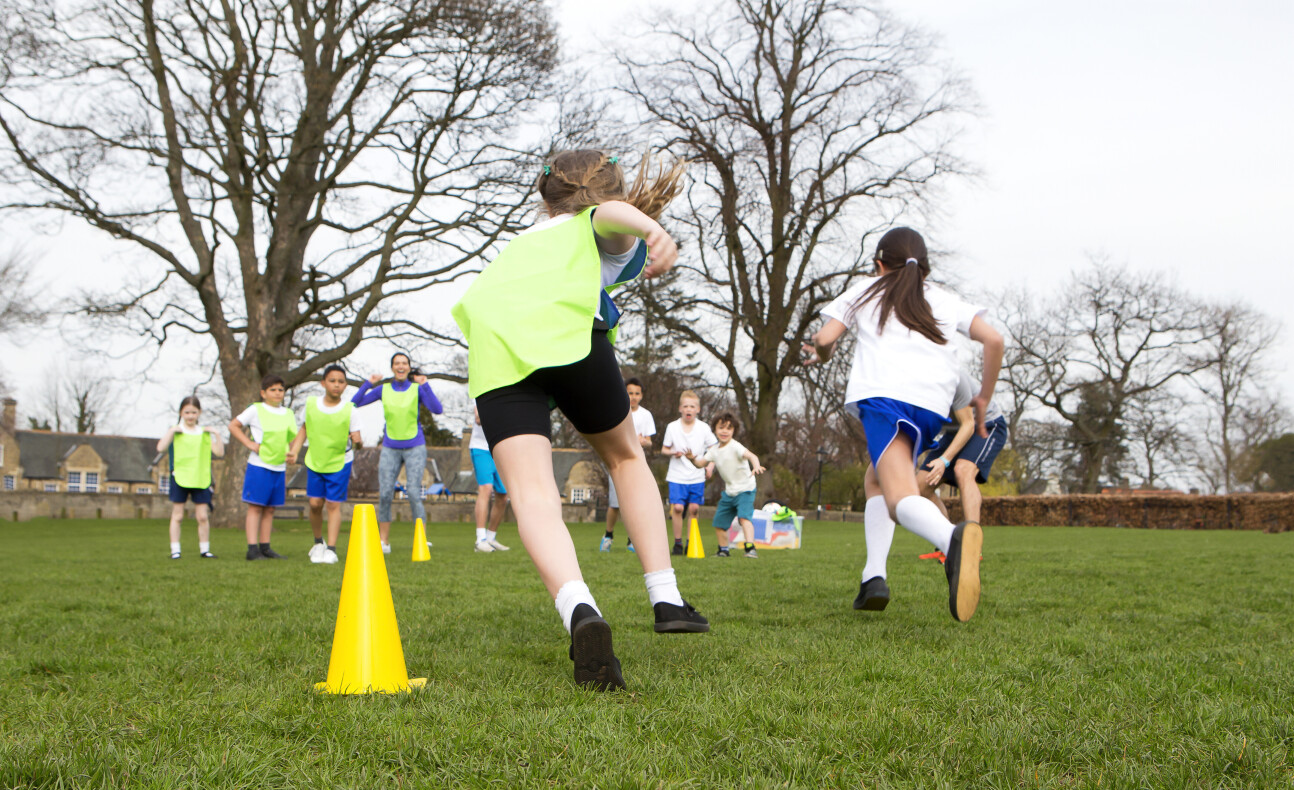
Here’s a batch of fresh news and announcements from across Imperial.
From psychedelic therapies to exercise interventions for school pupils, here is some quick-read news from across the College.
Psychedelic gambling treatment

Centre for Psychedelic Research. Pscychedelic “magic mushrooms” Psilocybe Cyanescens, growing wild in a park in West London.
Researchers in Imperial’s Centre for Psychedelic Research are set to investigate whether the active compound in magic mushrooms could help problem gamblers to break their addiction.
Following their ground-breaking work trialling psychedelic therapy for depression, the team has recently been awarded pilot funding to explore the approach in treating gambling disorder.
As part of the UKRI funding to Imperial, researchers at the Centre will carry out a small study to test if psychedelic therapy is safe and could have therapeutic potential for this condition – as has been shown in depression, PTSD, alcoholism and other areas.
From October this year, five volunteers with gambling disorder will be given a combination of psilocybin and talking therapy, and undergo brain imaging to monitor changes to their patterns of brain activity and connectivity.
The team hopes the early stage work could ultimately lead to a much-needed treatment for the disorder.
“Only about three per cent of individuals who have got a gambling addiction actually receive professional treatment in the UK,” the Centre’s Rayyan Zafar told the Daily Mirror. “There’s a massive area of unmet clinical need so we’re hoping that psilocybin therapy may one day be used,” he adds.
You can apply to volunteer for trials here.
Fungus futures
 What if microbes held the answer to a cleaner, greener future? Dr Ledesma-Amaro has received £228,000 from ValleyDAO on his search for a way to sustainably harvest edible fats and oils from yeast.
What if microbes held the answer to a cleaner, greener future? Dr Ledesma-Amaro has received £228,000 from ValleyDAO on his search for a way to sustainably harvest edible fats and oils from yeast.
Common extraction methods usually come at a high environmental cost e.g palm oil harvesting, but sustainable alternatives can see prices soar. Dr Rodrigo Ledesma-Amaro’s work will explore continuous fermentation process in the fungus Yarrowia lipolytica, which could see costs reduced by up to 70%.
ValleyDAO will mint their first IP-NFT – a means to form a bridge between Intellectual Property (IP) and cryptocurrency – to gain intellectual property on Dr Ledesma-Amaros findings.
Dr Ledesma-Amaros, of Imperial’s Department of Bioengineering, said “This funding will allow us to publicly present our ideas and secure potential funding. In essence, ValleyDAO is democratising the way scientific research is perceived, valued, and supported.”
Lab-on-chip diagnostic tests improved with graphene

A microscopic photo of pH sensors on graphene
Imperial researchers have used graphene sheets – single layers of carbon atoms over 200 thousand times thinner than a human hair but 200 times stronger than steel – to improve lab-on-chip diagnostic tests based on Ion-Sensitive Field-Effect Transistors (ISFETs).
This device can be used to detect infectious diseases and cancer biomarkers through amplifying markers such as DNA. The tests could rival gold-standard PCR tests in reliability and speed, being able to deliver results within 30 minutes with no need for a laboratory.
ISFETs are electrochemical sensors and therefore susceptible to drift – an uncontrollable, continuous change of the output signal that needs to be removed to identify a clear signal. However, since finding in 2021 that graphene reduces drift by 50 per cent on one sensor, the researchers have now scaled this up and found that the same is true for thousands of sensors on a single chip.
The sheets also improved the uniformity and stability across all ISFET sensors, increasing the active ones from 78% without graphene to 95%, and reducing the variance in sensitivity by 84%.
First author Faraz Kaiser Malik, PhD researcher at the Department of Electrical and Electronic Engineering, said: “Now we have a better understanding of how to reduce drift using graphene sheets, we will start testing the technology to see how reliably and accurately the sensors can detect infectious diseases, cancer cells, and even molecules in sweat to flag health issues.”
The findings are published in IEEE Transactions on Biomedical Circuits and Systems Journal.
Looking after HIV hearts

Dr Mike Emerson
Dr Mike Emerson, from Imperial’s National Heart and Lung Institute, has been awarded a British Heart Foundation Project Grant to explore the underlying basis of heart disease in people living with HIV (PLWHIV).
HIV can now be treated so patients are unable to transmit HIV and live to old age. But PLWHIV are more at risk of heart disease, and twice as likely to die from heart conditions compared to people who are HIV-negative.
We know platelets behave abnormally in PLWHIV, but these abnormalities have not been fully investigated. This new research will compare platelets from people with and without HIV to better understand how they may contribute to heart disease.
This will enable scientists to understand how PLWHIV should be treated for heart disease. The researchers will also investigate how drugs used to treat HIV affect platelets and could increase the risk of heart disease.
Dr Emerson said: “Our research will allow us to suggest how treatment of HIV could be adjusted by simply changing the patient’s prescription for HIV medication to reduce the risk of heart disease. This study aims to reduce the risk of heart disease in people with HIV and lead to the better treatment of disease when it does occur.”
Daily Mile
 A new study has found that schools prioritise feasibility over effectiveness when it comes to implementing school-based physical activity interventions like The Daily Mile, that encourage children to run or jog at their own pace, ideally three times per week in class time.
A new study has found that schools prioritise feasibility over effectiveness when it comes to implementing school-based physical activity interventions like The Daily Mile, that encourage children to run or jog at their own pace, ideally three times per week in class time.
Researchers who surveyed 369 Greater London primary schools spanning every borough found that more than half reported that they were doing the Daily Mile and, although none of them followed the intervention perfectly, a third reported adherence to at least 6 of its core principles.
Tess Coller, a schoolteacher who was involved in the study, noted that it was “extremely hard to fit [The Daily Mile] into the school day on a regular basis” due to constraints such as limited space and time.
The study’s findings could help to identify school-based interventions that are feasible in real-world settings, sustainable, and inform future physical activity policies.
The number of UK children engaging in physical activity has fallen below the World Health Organisation’s recommendations. School-based physical activity interventions are crucial given their ability to reach most children, and as childhood physical activity is a predictor of physical activity in adulthood.
Dr Bina Ram, Lead Researcher for the study, from Imperial’s School of Public Health, said: “We know that increasing regular physical activity during the primary school years is crucial, but schools need support to achieve this.”
Read the full paper in PLOS One.

Want to be kept up to date on news at Imperial? Sign up for our free quick-read daily e-newsletter, Imperial Today.
https://www.imperial.ac.uk/news/246753/psychedelic-treatments-exercise-children-news-from




